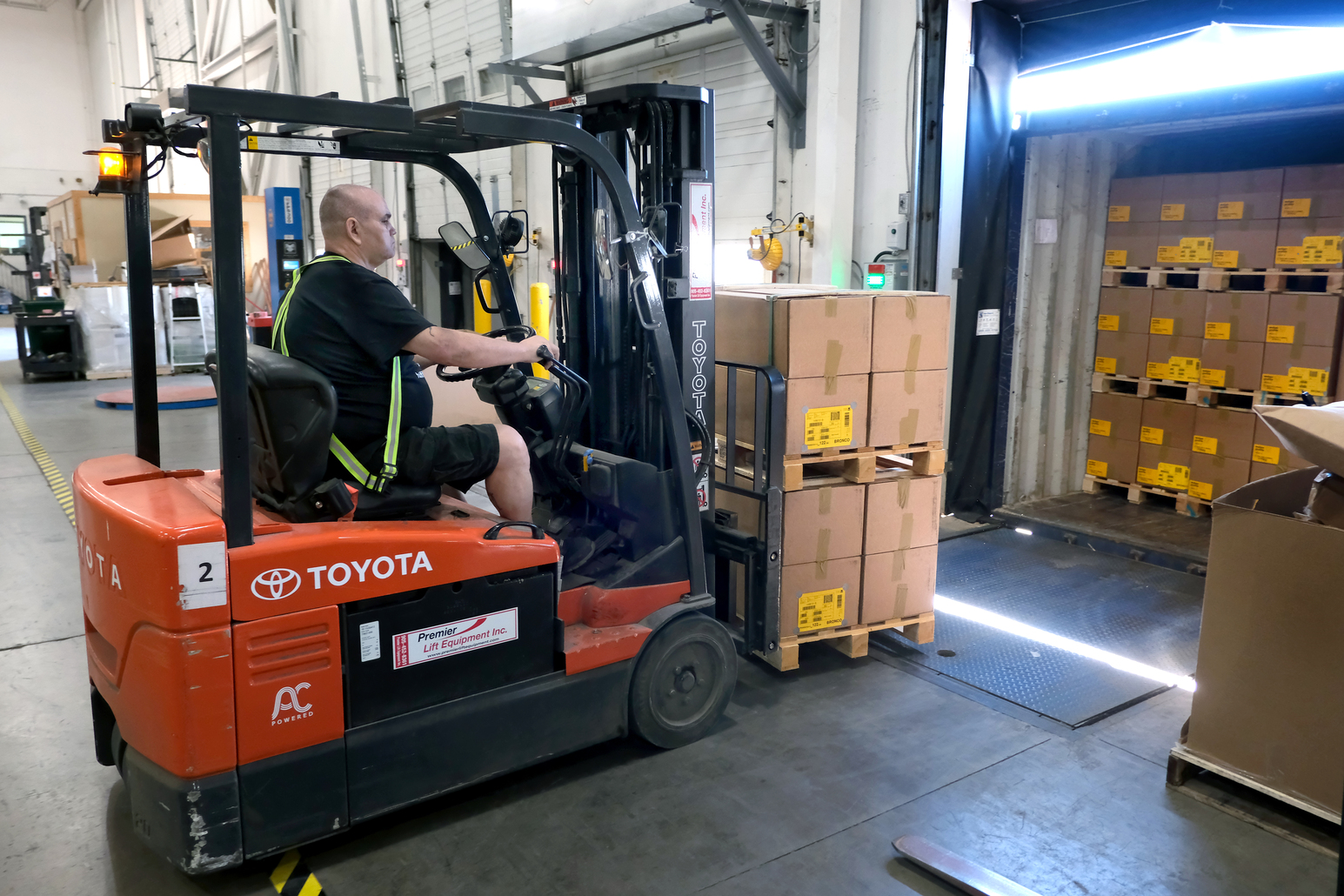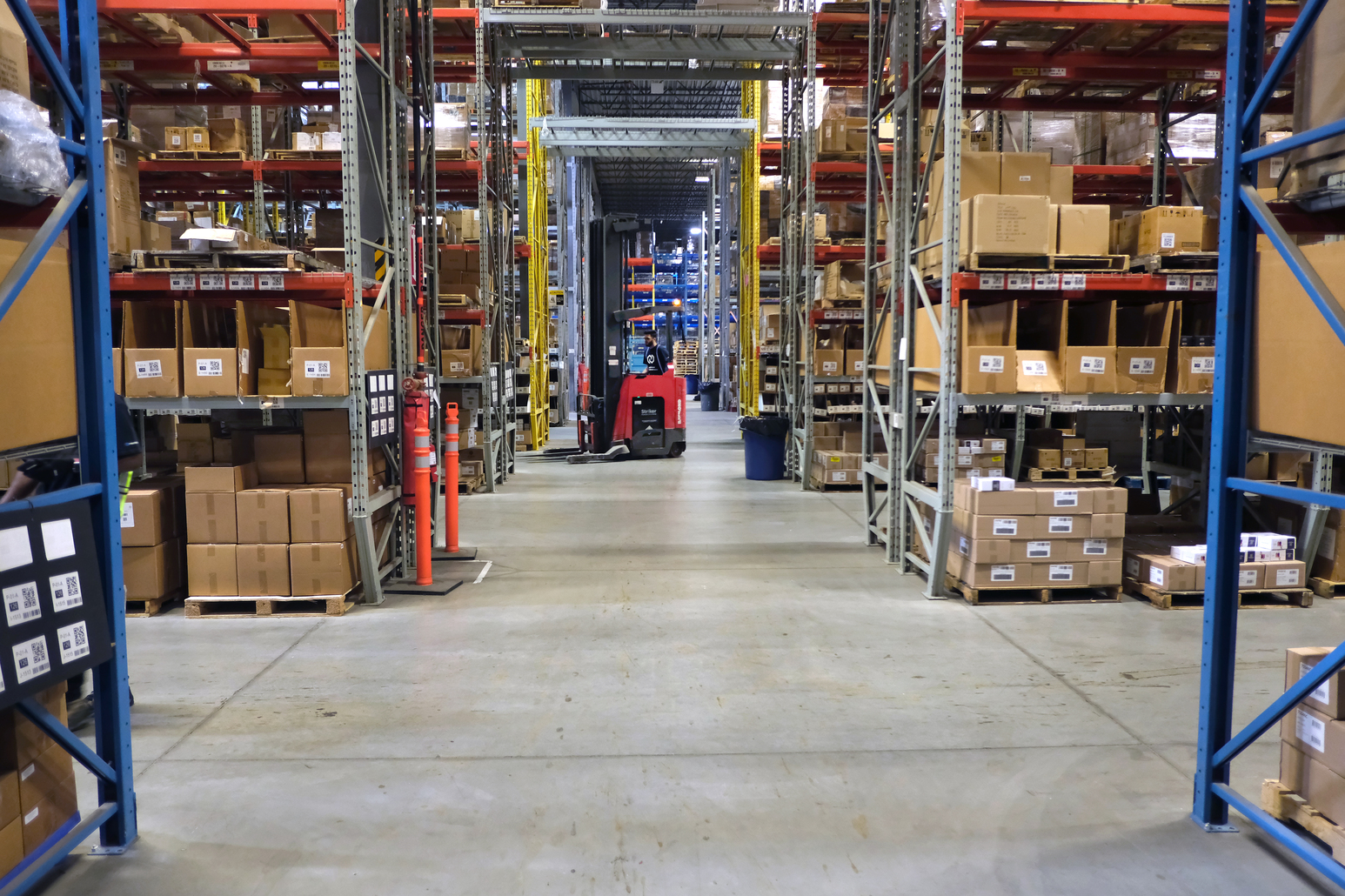Just-In-Time (JIT) def.
– An inventory strategy companies employ to increase efficiency and decrease waste by receiving goods only as they are needed in the production process, thereby reducing inventory costs. (Investopedia)
Inventory that sits idle in a warehouse waiting to be ‘manufactured’ or ‘distributed’ is a very costly venture. Basically you have spent money for goods that you cannot sell at the moment or use for manufacturing. Warehouse space is essentially, ‘real estate’ and in major markets the rates are very high as you help subsidize the warehouse owner’s expenses. Worse, storing excess inventory in your own warehouse may double your expenses because now you are paying for the goods and the real estate.
Consider also the costs of labour, maintenance, utilities and warehouse equipment not to mention the order fulfillment process in one’s own warehouse. Furthermore, the administrative costs that will ensure a smooth operation can be equal to tens of thousands of dollars each year and perhaps more. In order to ensure that you prevent tying up operating capital, here are 5 ways to take advantage of the benefits of a JIT programme.
5 Things You Need to Do to Get Just-In-Time Shipping Right
1) When you are trying to reduce inventory costs, it is essential that you do not leave your inventory ‘short’ either. This can lead to customer dissatisfaction and ill will if you cannot deliver on demand. The following are a few steps that are a ‘must do’ to properly coordinate your ordering and receiving schedule.
- Review sales records for 1-2 years previous in order to establish trends or monthly sales volumes.
- Compare these sales to the inventory that you had on hand for that time period. Perform an accurate calculation of the costs of keeping that inventory that are at any given moment producing zero revenue.
- Once you know these costs, subtract them from the profit margin that you realized over that set period of time. Once you are able to see the relevant inventory costs in black and white, you may well be on your way to instituting a Just-In-Time shipping program for receiving orders.
2) Once you have decided that you can still meet customer demand with fewer inventories, talk to your suppliers so that you know the timing of their production or distribution schedule. From this you can establish your own ordering schedule to keep up with demand.
3) Keep in mind, your ‘peak season sales’ whether they are based on the four seasons or seasonal holidays. Those that supply retailers should have an open line of communication in the event of a store sales or product promotions.
4) Talk to your transportation providers for all modes of transport. Regardless of the mode of transport, transit times are of the utmost importance and you need to know the ‘latest shipping date’ in order to ensure that your goods arrive on time. You may also want to include a review of the transit times for the previous year which will identify any anomalies for certain times of the year.
5) If you are used to receiving FCL (full container loads) or FTL (full truck loads) you will need to know the new landed unit costs by shipping in smaller increments. (LCL/LTL). There will almost definitely be an increase of freight costs per unit but you will likely find that those costs are significantly lower than storing unused inventory in your or someone else’s warehouse.
JIT for E-commerce Companies
Over the last two decades, thousands of e-commerce companies have sprung up on the Internet. Most adhere to the policy of keeping minimum inventory to execute their order fulfillment. Many e-commerce companies operate from their own homes so the space to keep inventory is extremely limited in most cases.
Zero Inventory Costs
Other e-commerce retailers who sell products that they purchase from a manufacturer or distributor can take advantage of bearing the shipping costs directly from the source. When they receive an order, they simply place their order with the supplier and it is shipped directly to the purchaser. In this case, no warehouse charges are incurred. No storage space required = No inventory costs.
In a nutshell, a Just-In-Time receiving program requires transparent knowledge of your sales activity including trends and peak season demand. Staying up to date with production schedules from your suppliers and knowing transit times from your carriers round out the process and for some companies, can save possibly hundreds of thousands of dollars in inventory costs which can only enhance the bottom line.
At Mantoria, we offer specialized warehousing and value-added services including pick and pack and inventory control through our state-of-the-art warehouse management system (WMS). Contact us for a custom made JIT solution that suits your needs.



